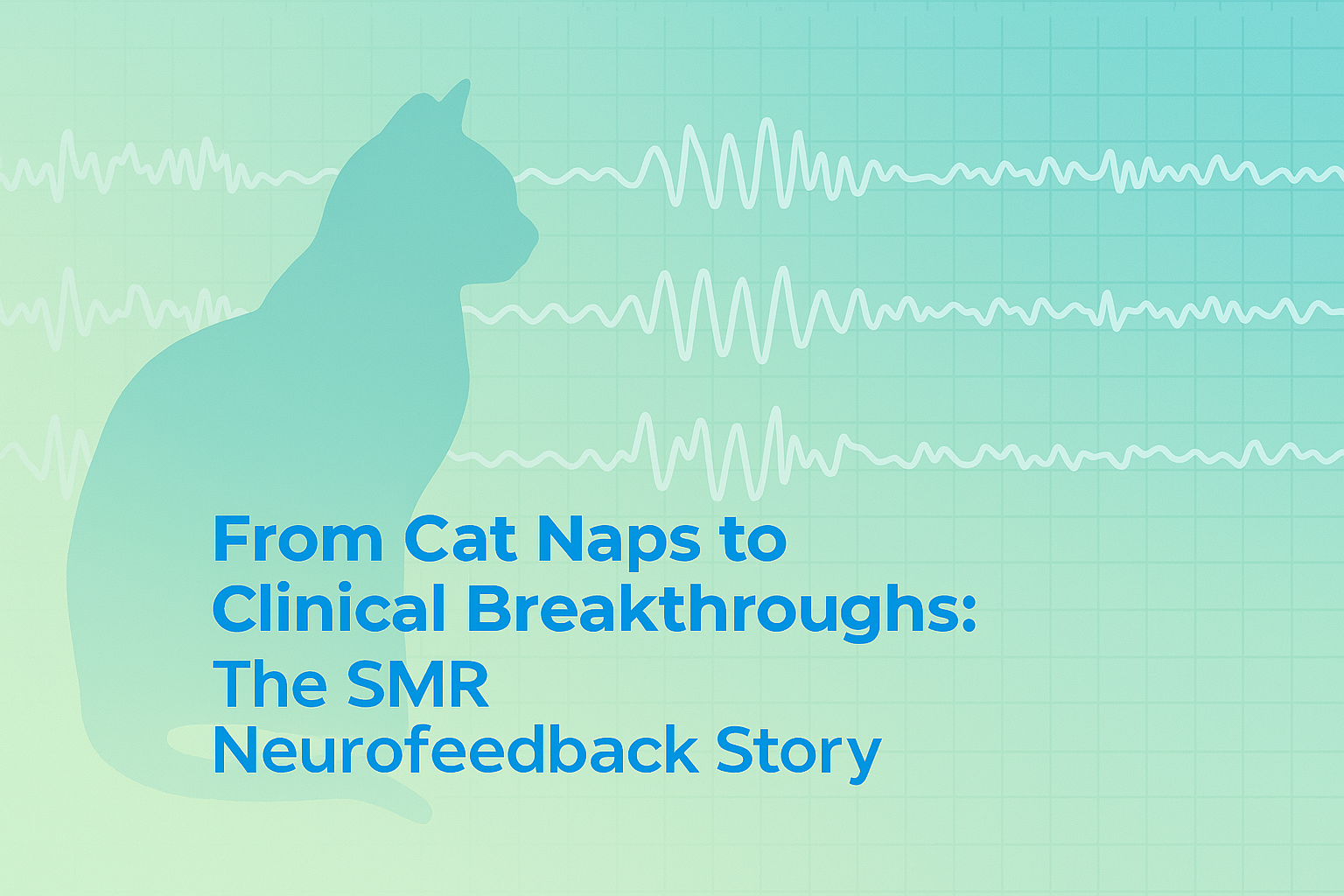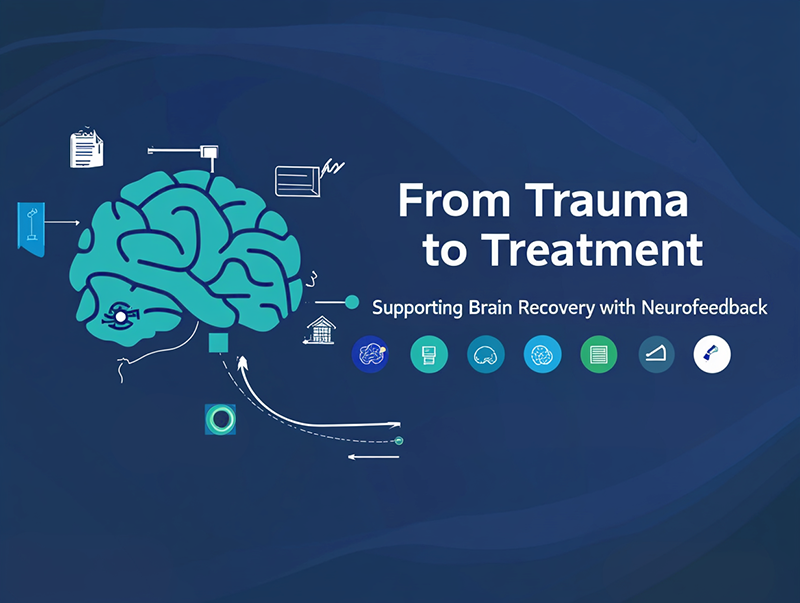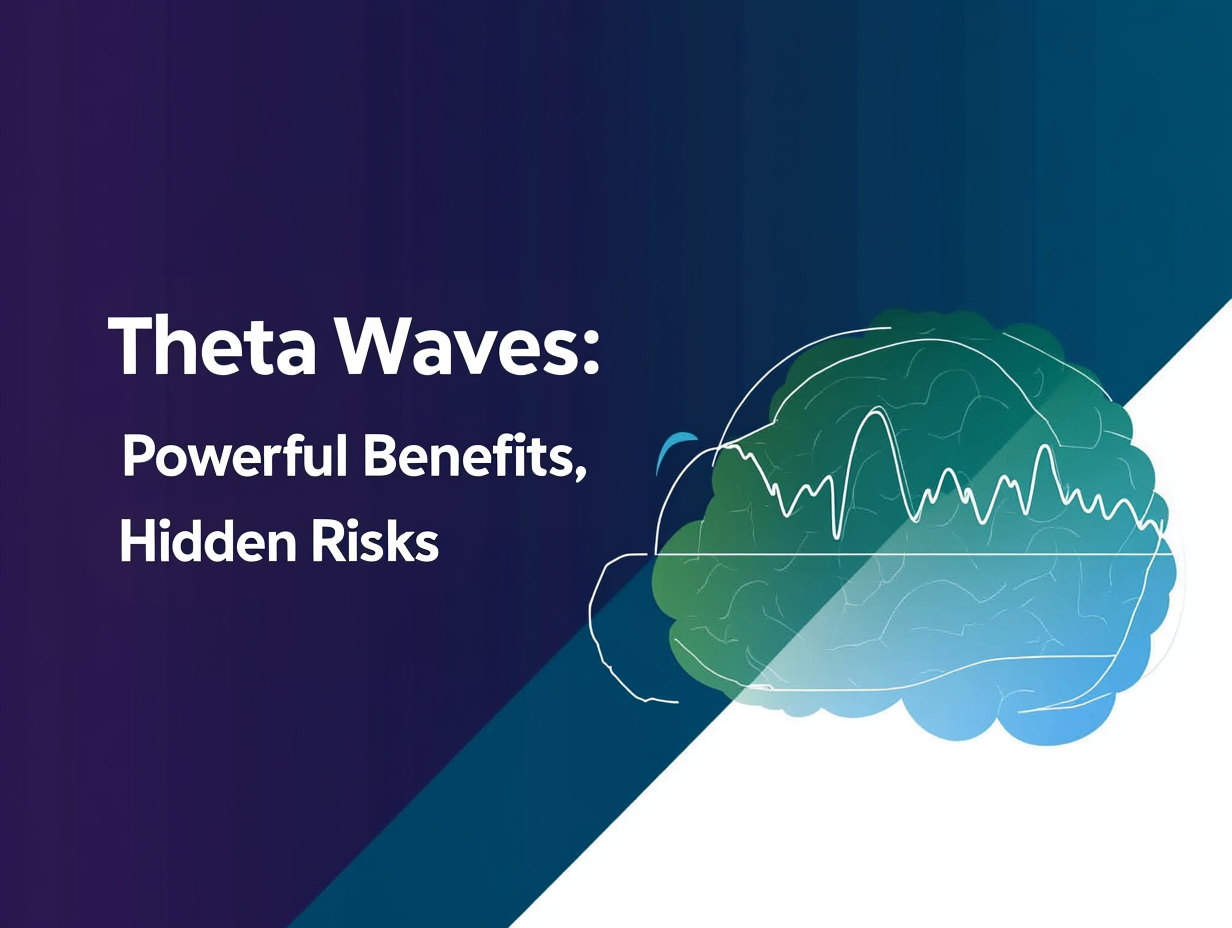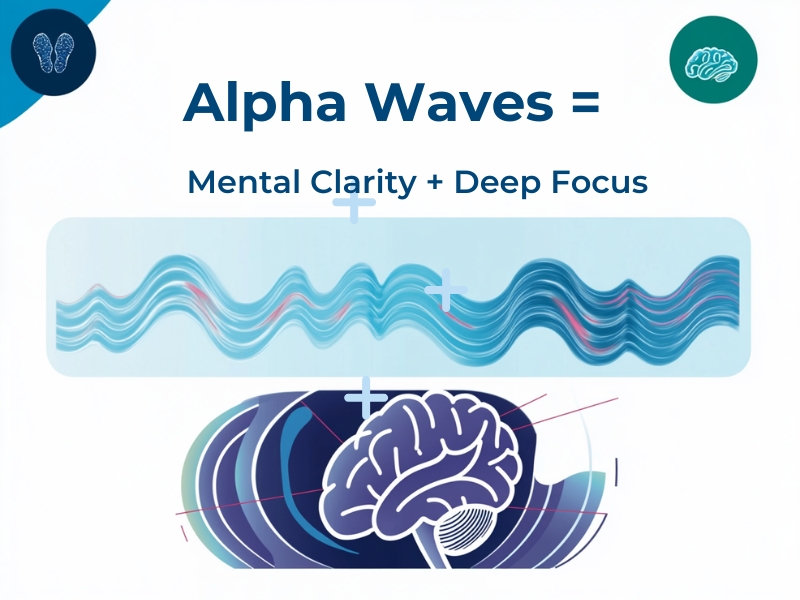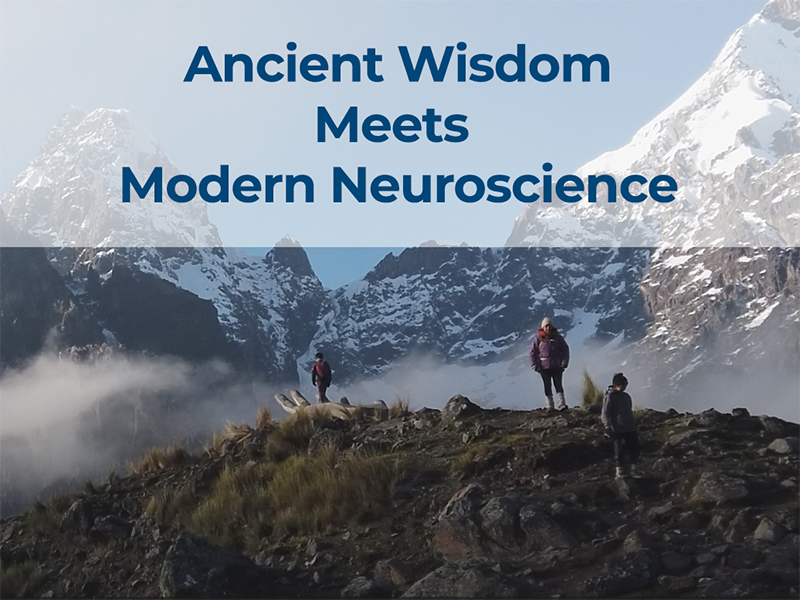Explore the fundamentals of how the brain works, from neural pathways to cognitive function. Learn about brainwaves, neuroplasticity, and the latest scientific insights shaping the future of neuroscience and mental health.
Brain Plasticity Is the Unlimited Power Behind Neurofeedback
The human brain is always changing—reshaping itself with every thought, emotion, and experience. This article explores how neurofeedback makes use of that adaptability, known as neuroplasticity, to promote long-term improvements in cognitive and emotional functioning. From better protocol design to more motivated clients, understanding brain plasticity can help clinicians create smarter strategies and deliver more lasting results.






